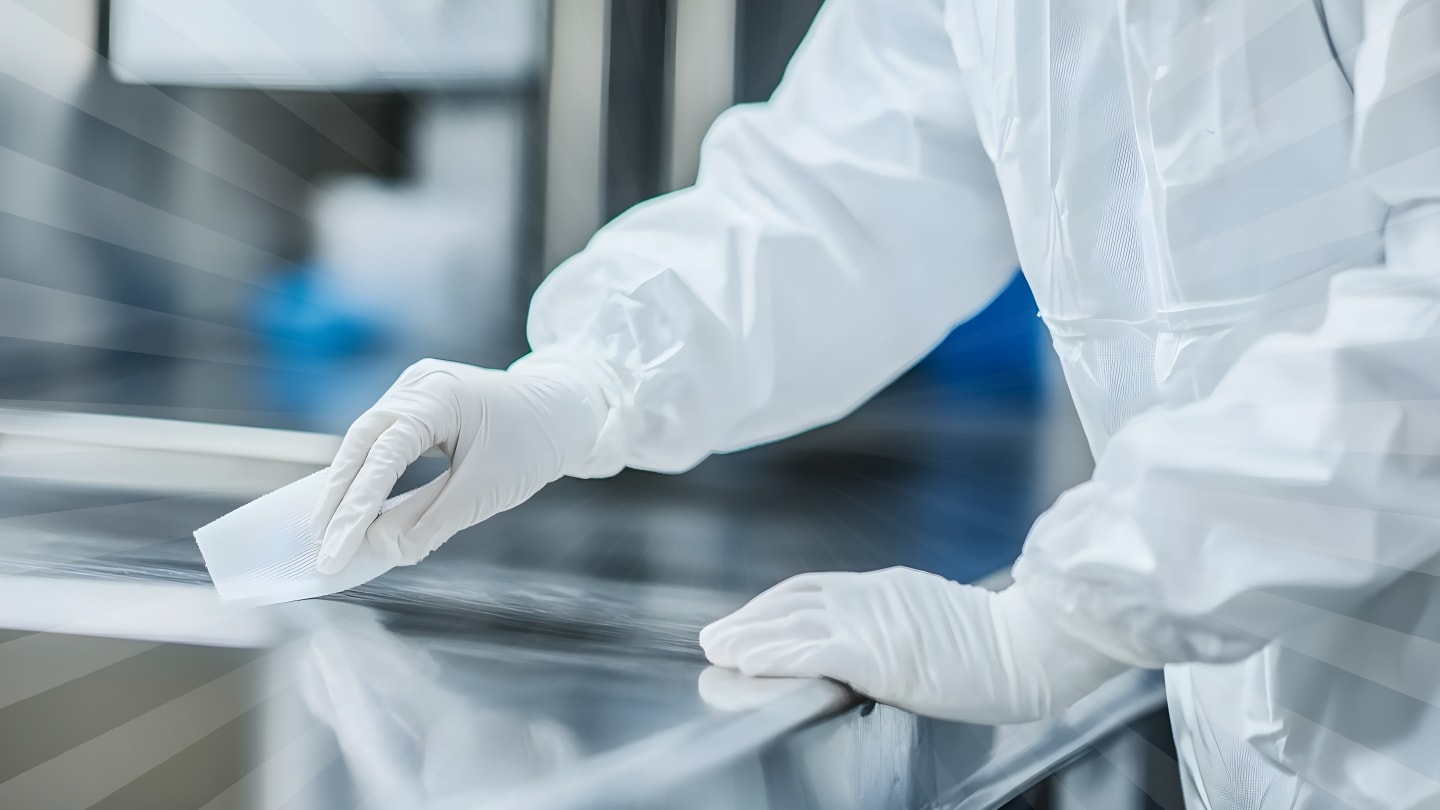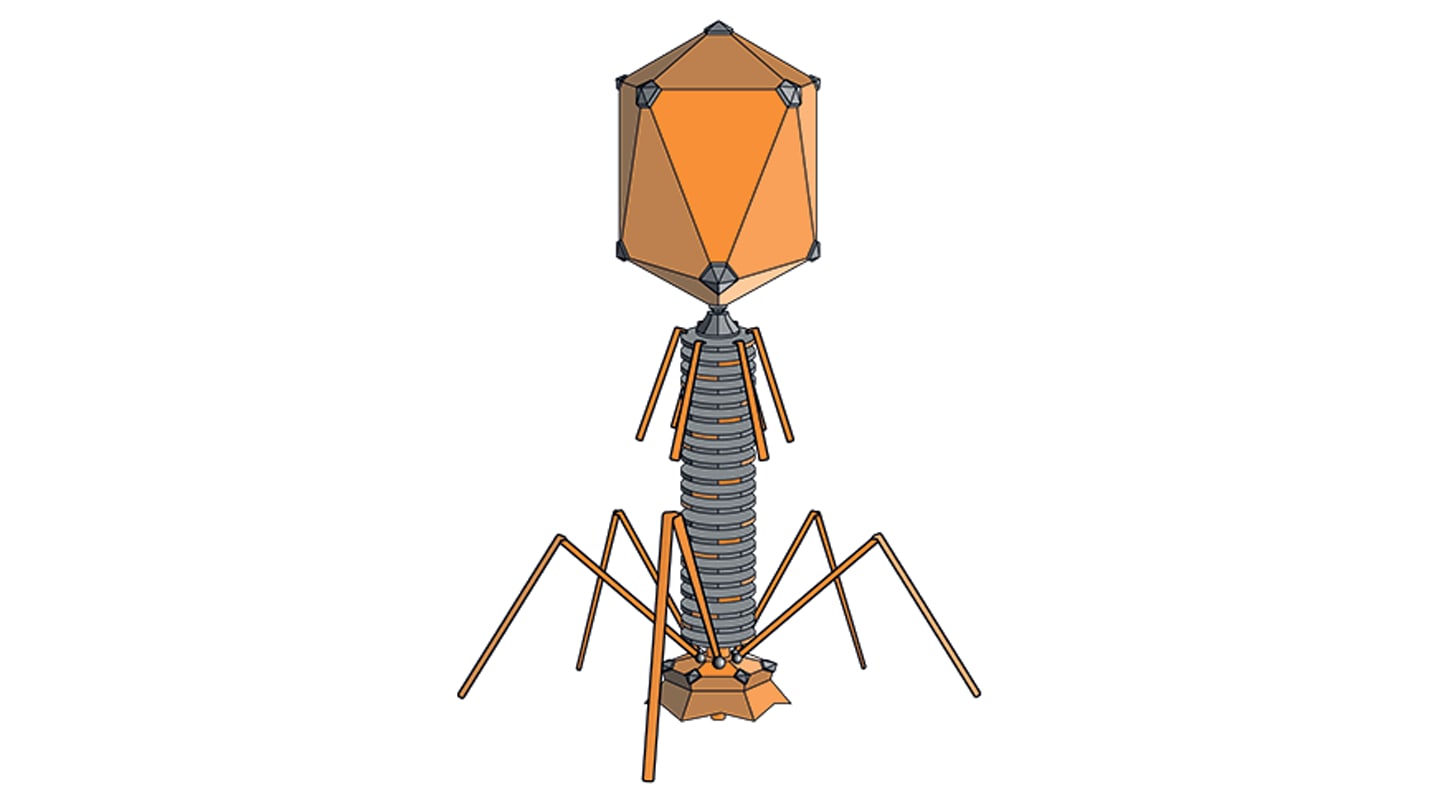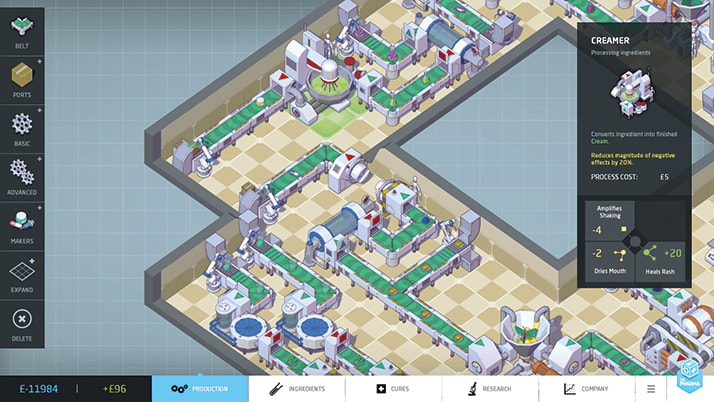
We interview Josh Erickson, Senior Director, Microbiology Pipeline and Operations at USP
Give us an introduction to microbial contamination control and surface sampling…
Microbial contamination control is crucial to prevent undesired environmental agents, such as bacteria and fungi, from contaminating medicines throughout manufacturing and drug compounding processes.
Microbes are everywhere – including within production facilities. As part of an environmental monitoring (EM) program, surface sampling is required to test and monitor the presence of microorganisms on surfaces and on manufacturing equipment. This is necessary to establish a state of microbial control, understand trends, and identify potential issues. Sampling is most often performed using contact plates and swab sample collection devices. However, there are currently no standardized solutions to help drug manufacturers assess the effectiveness of their environmental surface sampling methods, or the competency of the personnel collecting the samples.
Are there any gaps in environmental monitoring and contamination control for microbial surface sampling?
In recent years, more stringent regulatory requirements and contamination control processes have been implemented to reduce the risk of microbial contamination of medicines. EU GMP Annex 1 section 9.29 states, "Sampling methods and equipment used should be fully understood and procedures should be in place for the correct operation and interpretation of results obtained. Supporting data for the recovery efficiency of the sampling methods chosen should be available."
Some pharmaceutical manufacturers have identified this as a challenging requirement to address. In particular, the pressure, time of contact with the surface, application technique, and aseptic technique used by the sampling personnel can directly impact the recovery efficiency of the microbes from the surface. Certain factors, including the wetness of the contact plate, composition and shape of the agar media, and sterilization method of the sampling device can impact the recovery efficiency of the device.
Supporting data for surface sampling methods and personnel competency are needed to ensure that these variables are well understood and controlled. Without supporting data, this gap creates significant risk for EM programs and microbial contamination control decisions based on EM data.
There is also a definite need to better understand real-world contributors that lead to surface sampling variation. Consistent, accurate monitoring of the bioburden levels in production and manufacturing facilities is a crucial component of an effective contamination strategy. Each site needs to understand how their sampling system performs with their personnel and their sample collection devices to actually qualify it. For example, surface sampling methods should be validated for use with the surface materials in the facility and the potential resident microbes that may be encountered in that facility. Additionally, given the contributions that the person collecting the surface sample can have on the results obtained, it is also important to incorporate the qualification of personnel performing the viable sampling as part of the manufacturer’s risk mitigation strategy and training.
There is a need for new tools and methods to address this gap and support the industry’s needs. Until recently, there were no reference materials for viable surface sampling available to help drug manufacturers understand recovery efficiency in a standardized way across the industry. Standardized reference materials are important for generating meaningful supporting data and controlling the factors that impact sampling performance. Significant resources are spent on EM programs, and surface sampling data are relied upon to make crucial quality control decisions that have resource, legal, financial, and patient safety impacts. Without understanding sampling performance in EM programs, the quality of the data generated is unknown and the EM program is at risk of being ineffective.
How are technology advancements in microbial preservation being used to support contamination control strategies and biosafety testing?
Our team of microbiologists identified a microbial preservation technology that enables direct preservation of microbes on surfaces, which is an important breakthrough that opens the door for novel types of reference materials to be created, such as for viable surface sampling. Leveraging this technology, we were able to create the first standardized microbial coated test surfaces with known quantities of viable microbes, addressing an existing industry gap. This tool enables pharmaceutical manufacturers to understand viable surface sampling recovery efficiency and to evaluate the competency of personnel with supporting data.
Microbial preservation technology is essential for the industry to evaluate surface sampling recovery efficiency in a standardized and efficient manner. The move toward standardization ensures that biosafety testing is accurate and consistent, which is crucial for maintaining the quality and safety of pharmaceutical products.
What role does USP see microbial contamination control and surface sampling playing in the future of quality medicines?
USP’s mission is to help ensure the availability of quality medicines for patients. The need for solutions that help mitigate microbial contamination in medicines is the reason we have set out to identify ways to understand and support improvement in viable surface sampling performance. As the pharmaceutical and biopharmaceutical industries evolve, so does the need for innovative, precise, and efficient microbiological testing tools. USP recognizes this need and is committed to advancing its capabilities to ensure the highest standards of product safety and quality.
Surface sampling is a critical component of pharmaceutical contamination control strategies, and we see that only increasing as the demand for more advanced therapeutics continues to emerge. This underscores the need to have access to tools that can help with personnel training and overall control of microbial quality control methods and practices used throughout the industry.




